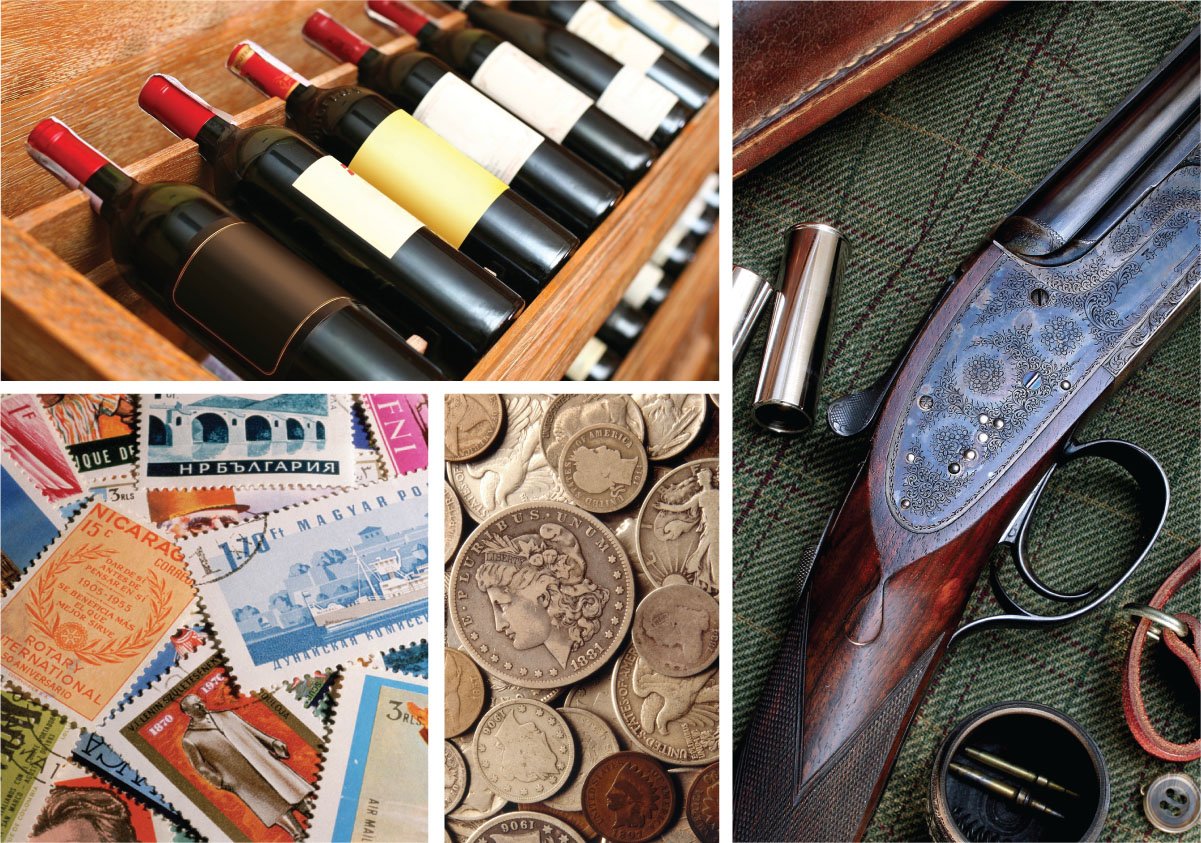
Everyone's familiar with the concept of collecting stamps, coins, comic books and even “Star Wars” action figures—but how about collecting surgeons' tools from the Civil War era or locks of celebrities' hair?
Believe it or not, there's a growing market for these unusual collectibles as well as pretty much everything else under the sun. These trends present plenty of business opportunities for the insurance industry as collectors become more sophisticated in seeking protection for their valuables.
Recommended For You
Want to continue reading?
Become a Free PropertyCasualty360 Digital Reader
Your access to unlimited PropertyCasualty360 content isn’t changing.
Once you are an ALM digital member, you’ll receive:
- Breaking insurance news and analysis, on-site and via our newsletters and custom alerts
- Weekly Insurance Speak podcast featuring exclusive interviews with industry leaders
- Educational webcasts, white papers, and ebooks from industry thought leaders
- Critical converage of the employee benefits and financial advisory markets on our other ALM sites, BenefitsPRO and ThinkAdvisor
Already have an account? Sign In Now
© 2025 ALM Global, LLC, All Rights Reserved. Request academic re-use from www.copyright.com. All other uses, submit a request to [email protected]. For more information visit Asset & Logo Licensing.








